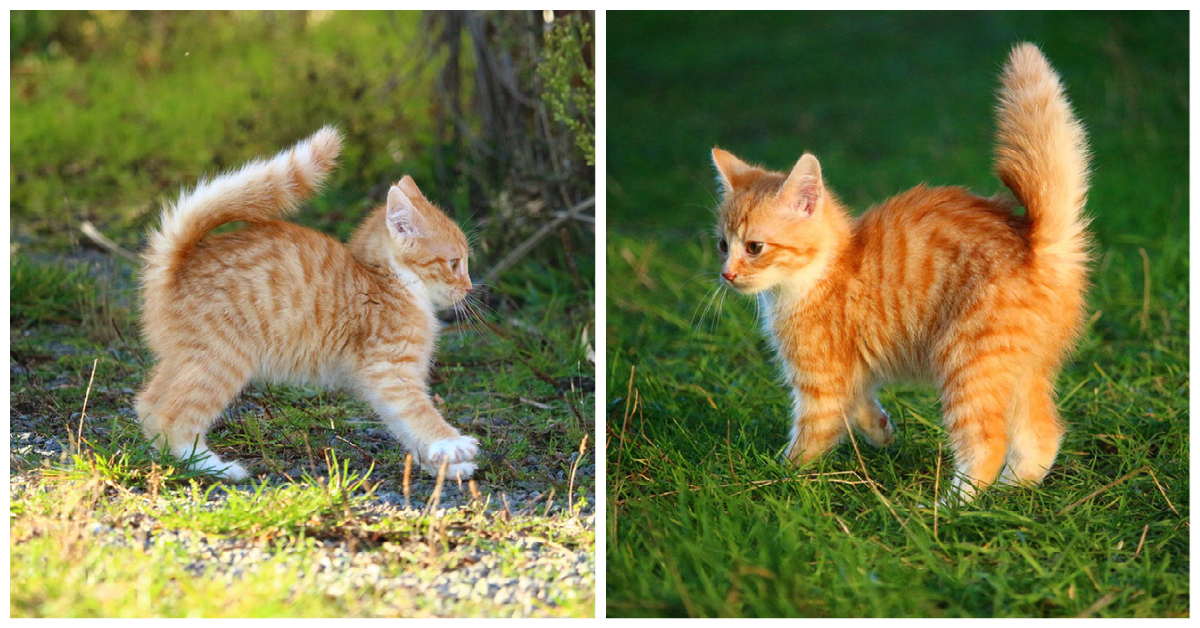Cat body language is very important to learn in order to better understand and to communicate with cats. Domestic cats are fascinating creatures that communicate in various ways, one of which is through their body language. Understanding their body language is essential for cat owners, as it can help them better understand their pet’s needs, feelings, and behavior. In this article, we’ll explore the different types of body language that cats use and what they mean. Cats utilize body language to communicate using their ears, eyes, whiskers, tails, and body posture. It is the responsibility of humans to better understand these body language signs and respond in the appropriate manner.
Understanding Cat Body Language
Cats have long rooted instincts as predators and also deep rooted behaviors as potential prey. Cats will often forecast their next intended direction by pointing their body in their next desired direction. Here we take a look at both positive and negative forms of Cat body language.
Positive Cat Body Language
Trusting – . The exposed belly is a sign of comfort and trust, but it is not necessarily an invitation for a belly rub. Many people have touched a cat’s stomach only to have their hand seized and rabbit kicked. The majority of cats consider the belly a vulnerable area and will defined their stomach region.

Relaxed and content – a relaxed cat has their tail straight back and their muscles are loose with their head still instead of turning and looking around. A relaxed cat will be confident and should walk around with their head held high with whiskers will be in their normal position. When your cat is relaxed and happy, they might look sleepy or totally chilled out. Comfortable and relaxed cats are calm, quiet, and content. They will lie on the floor stretched out with their tail extended or wrapped around their body.
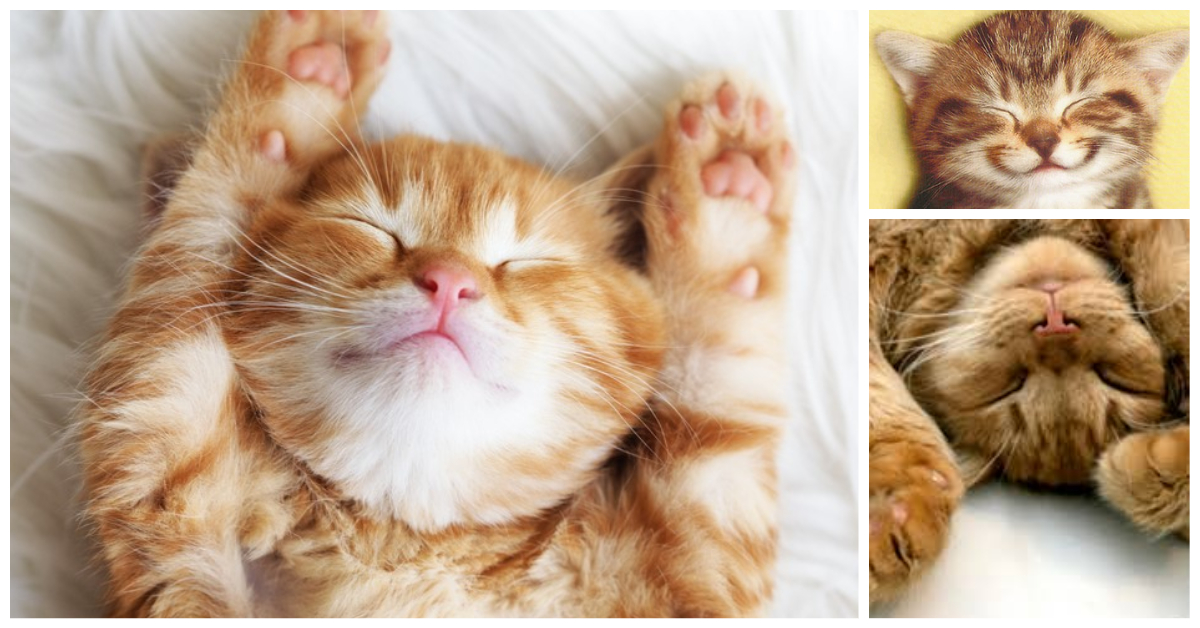
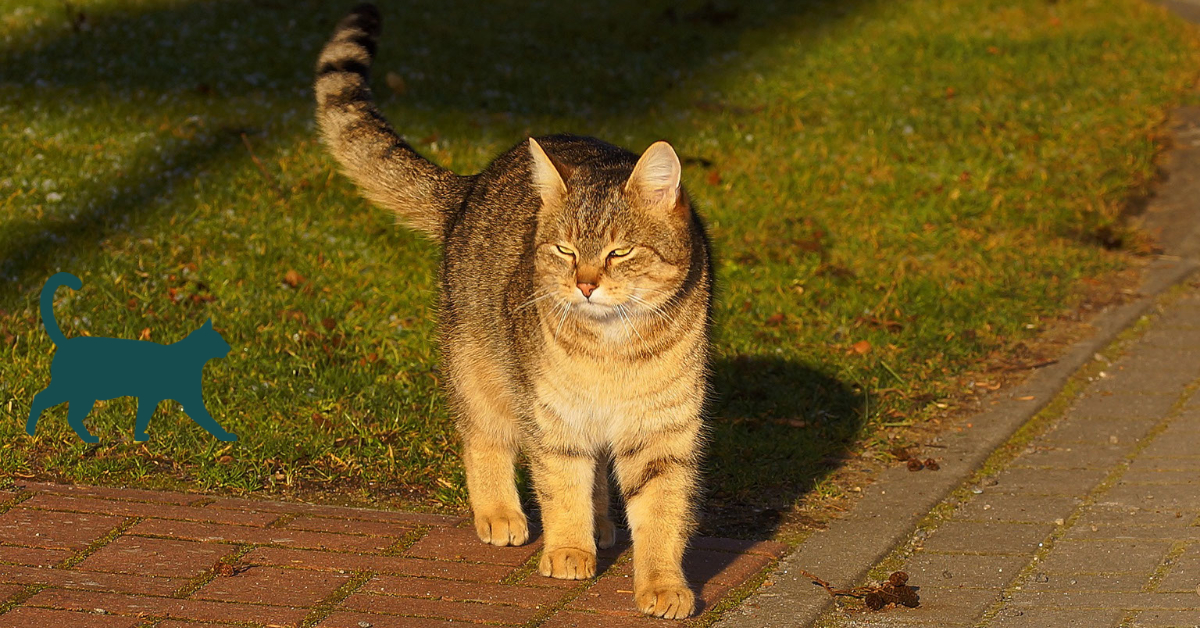
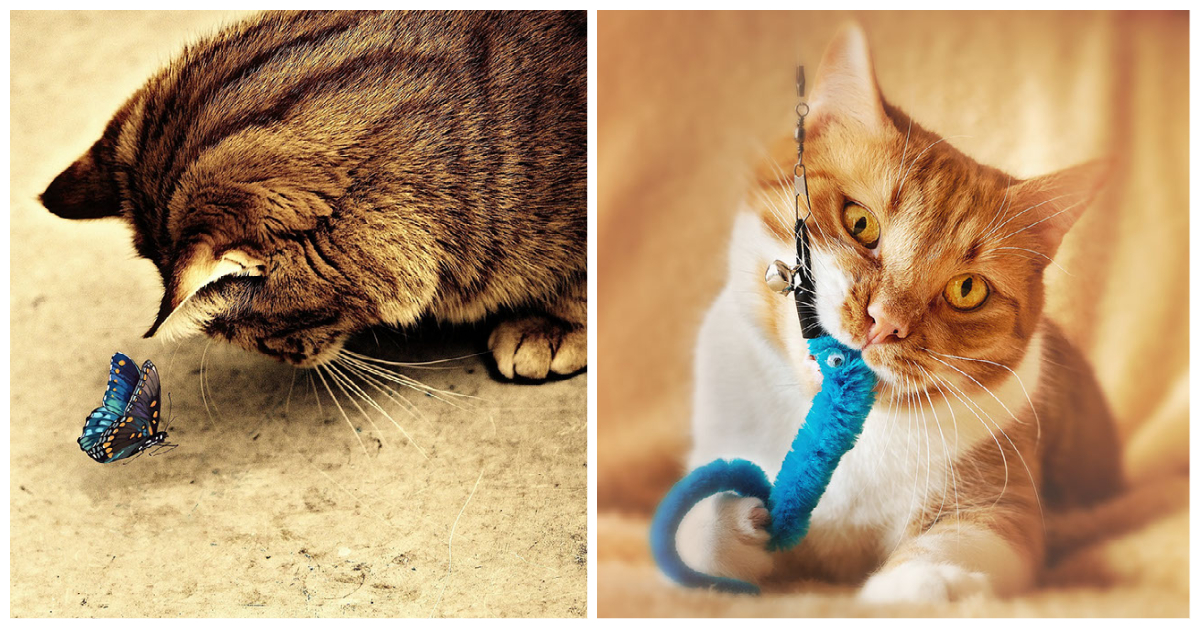
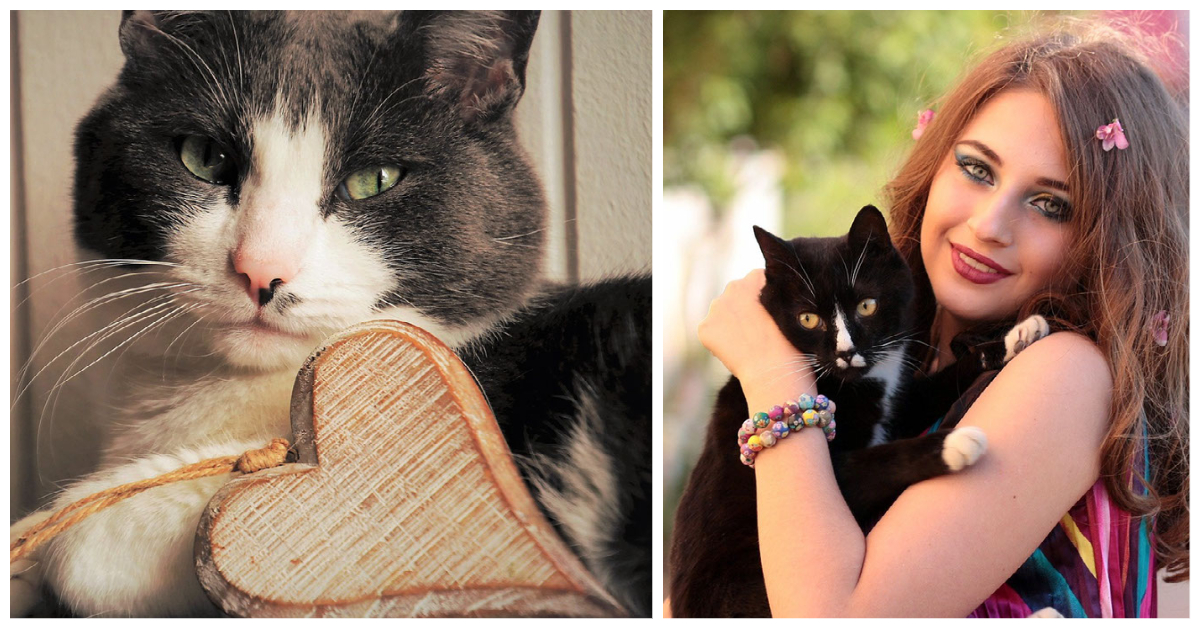
Negative Cat Body Language
Irritated, agitated and angry – tail is high in the air and rapidly flipping back and forth from side to side. If a cat feels trapped or is blocked from escape, they will often exhibit agitated body language. Their ears will be laid back against their head and whiskers will be flat against their face. Hissing or growling may be vocalizations to accompany irritated body language.
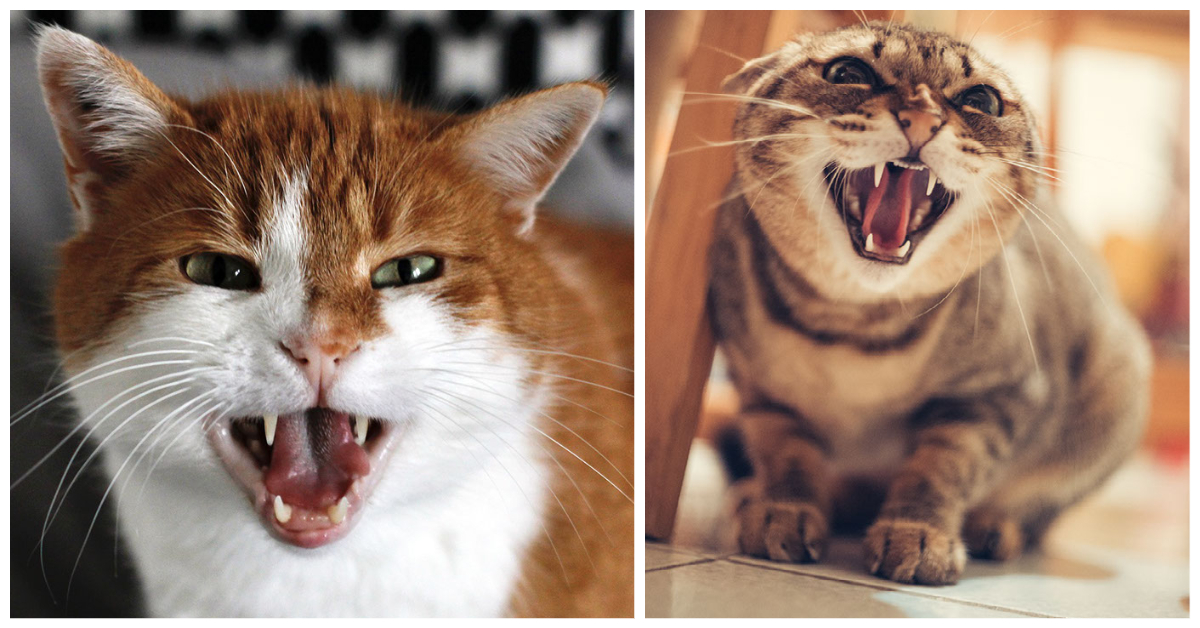
An angry cat has their tail flared and straight up in the air. A scared cat that feels threatened may become angry and will make themselves look as big as possible in posture with their hair standing up. They might start to resemble a Halloween cat with an arched back and a raised tail. A scared cat will quickly become an angry cat if they are not able to escape or flee.
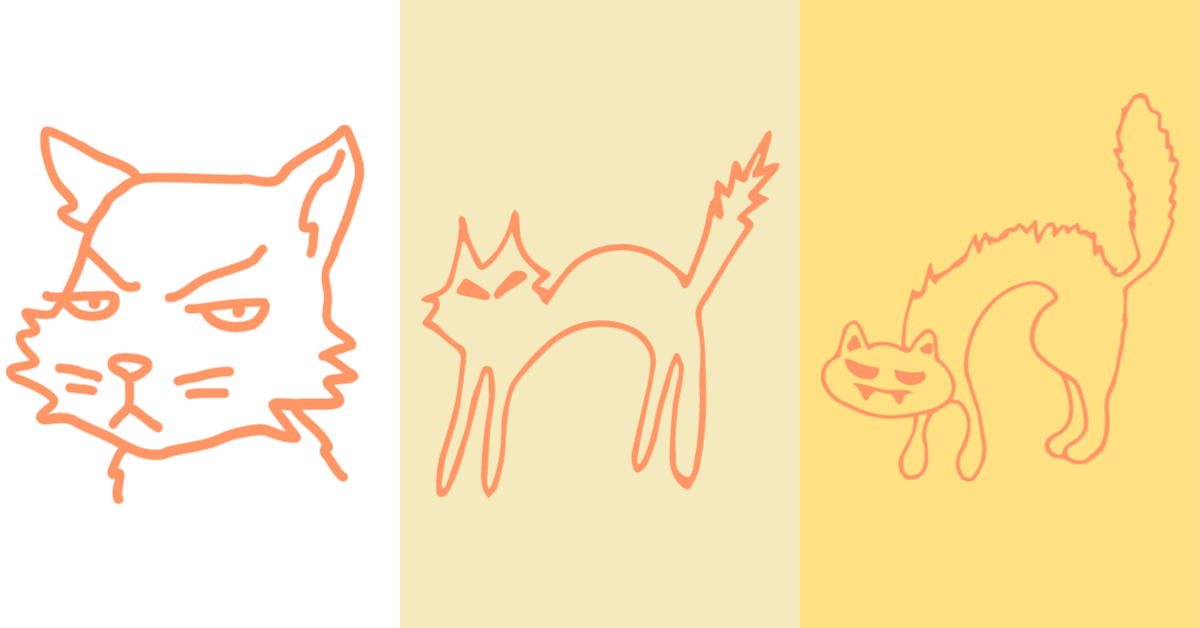
Scared – a fearful cat will often have their tail tucked down and their ears laid back. A fearful cat will be ready to escape and might find a hiding place and refuse to come out. They may also show their teeth or hiss. Cats that are crouched down, cowering away, with their body slightly arched are getting ready to flee. Their pupils will be dilated and ears will be turned out and lowered towards their head.
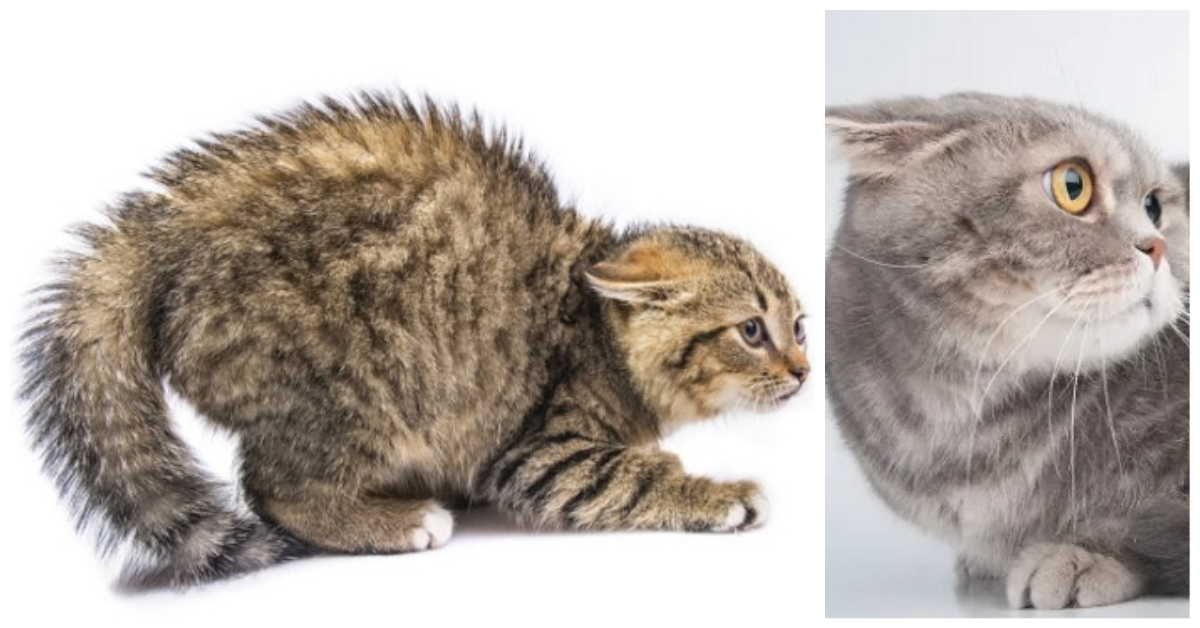
Offended – a cat that knows you and is offended may turn their back to you to demonstrate that you are no longer worthy. A strange cat that is offended will typically just flee the scene and escape.
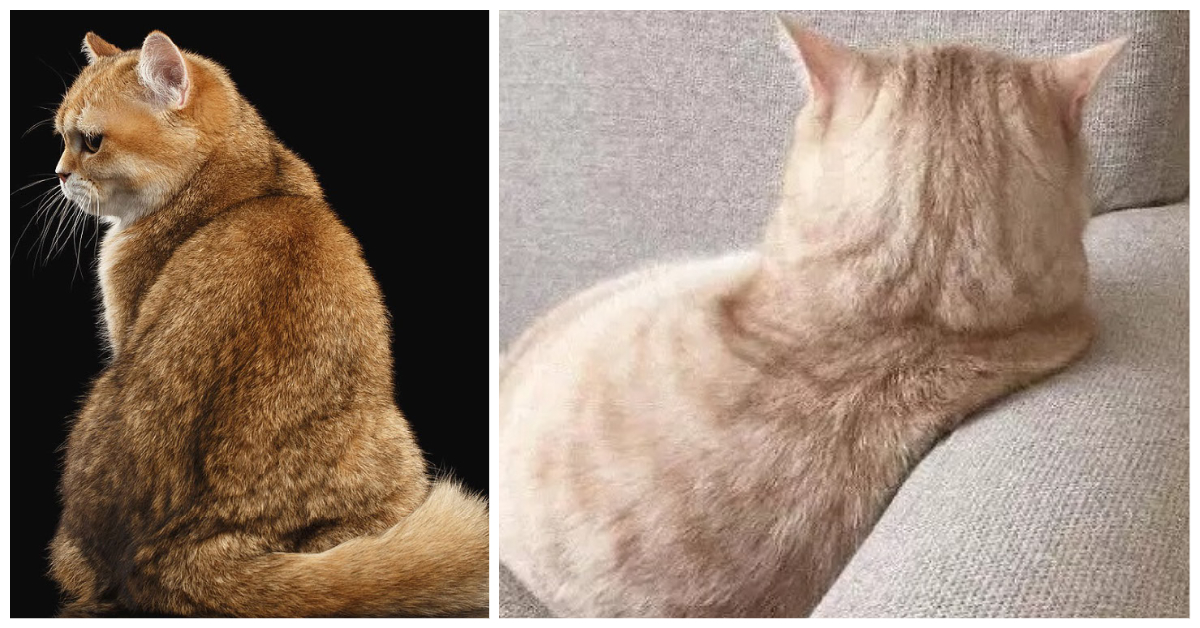
Body Posture – A cat’s body posture can reveal its mood and intentions. When a cat is feeling relaxed, it will have an upright posture, with its weight evenly distributed on all four paws. A crouching or hunched posture may indicate aggression or fear. If the cat is lying on its back with its belly exposed, it’s a sign that the cat is feeling relaxed and comfortable.
Vocalizations – Cats are known for their vocalizations, which range from purring to meowing to hissing. Each sound has its own meaning, and it’s important to understand what your cat is trying to communicate. For example, a purring cat is usually content and relaxed, while a hissing cat is feeling threatened or angry.
Understanding your cat’s body language is essential for building a strong bond with your pet. By paying attention to their tail position, ears, eyes, body posture, and vocalizations, you can better understand your cat’s needs and feelings. Remember that every cat is unique, and it’s essential to take the time to get to know your pet’s individual body language cues. With time and patience, you’ll be able to communicate effectively with your feline friend and build a strong, loving relationship.
Remember to “share” these cat body language tips with other Cat fans and “subscribe” to our CatFancast Channel on YouTube.
